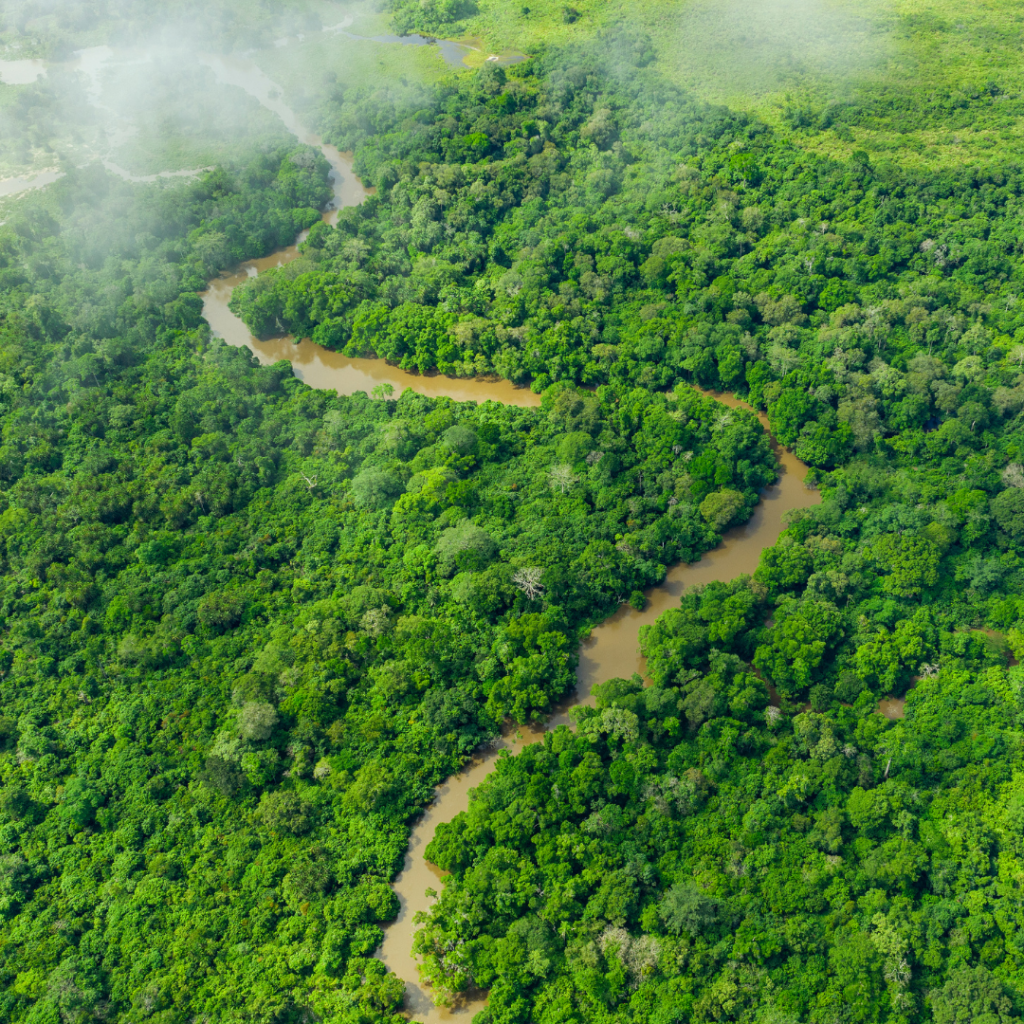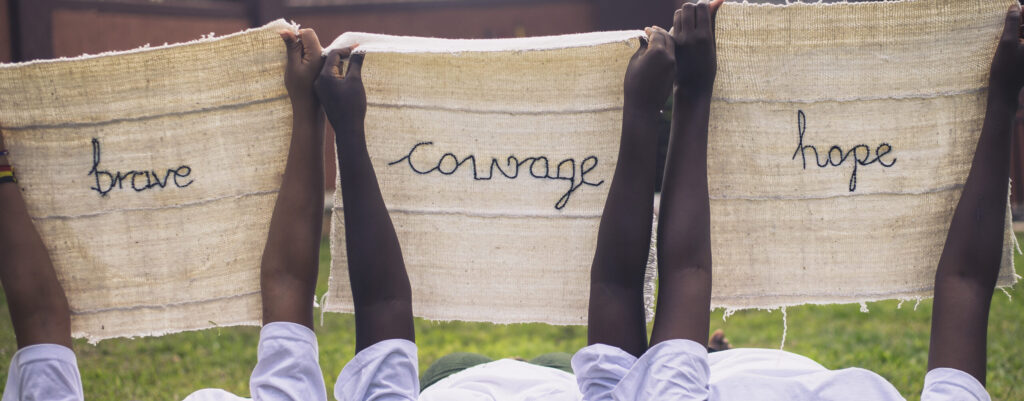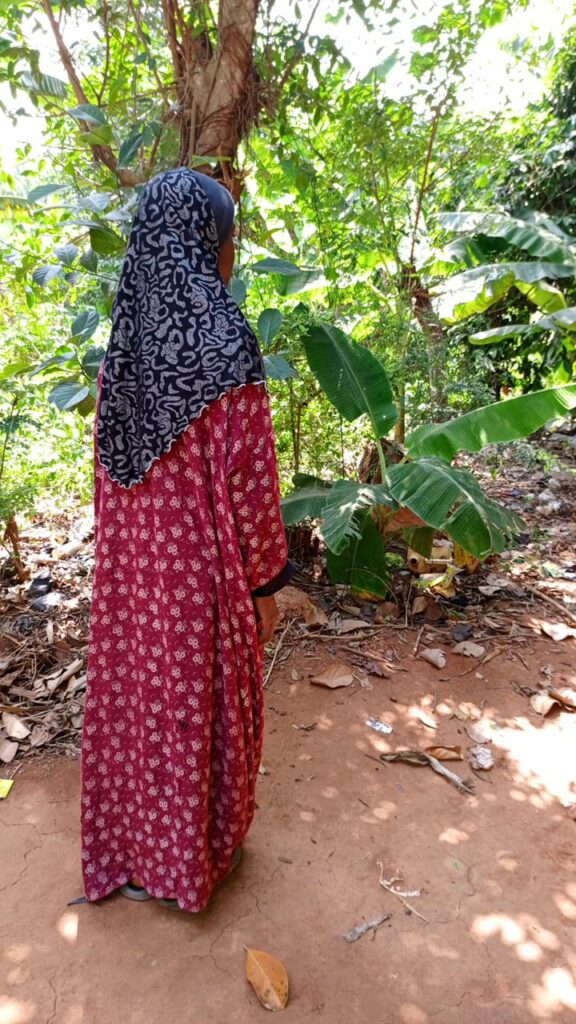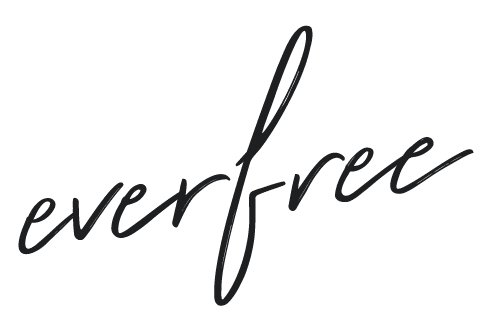← Back to Stories
Maryse's* story
Forced to be a soldier at the age of 8, Maryse* survived the early loss of freedom, family, and a bullet wound and is thriving today, thanks to the help of Uganda’s hospital care teams and EverFree’s aftercare & empowerment programs.
*Name has been changed to protect the survivor’s identity.
I. A Normal Childhood

Maryse was born in eastern Uganda into the Busoga Tribe. As a child, she loved to help her parents and play with her four younger siblings.
One day when Maryse was 8 years old, her parents woke her up with the exciting news that they had bought beautiful new clothes for Maryse and her siblings to wear on a family trip that day.
As they traveled, her parents told Maryse that they all would be joining the Allied Defense Force, a rebel terrorist force seeking to overthrow the government.
Maryse’s parents promised that the children would get many beautiful things, in addition to their new clothes.
They rode in a heavy truck used for building materials. Before long, the truck slowed to a stop and lowered its ramp.
After a few hours, they arrived in Cuomo, where Maryse and her siblings were taken to a large home and given good food. Maryse’s favorites were Irish potatoes and milk. Their beautiful clothes were taken away and she and her siblings were told that they would now enter training to become soldiers.
An adult told them:
“You are being trained for hot days and hard days so that we can show you how to fight for your religion, be good role models, and responsible citizens.”
All of the children were excited, but Maryse had some doubts:
How are we going to be used to overthrow the government?
This question revolved in her mind with each step she took, as she and the other children were led 20 kilometers (approximately 12 miles). Their path was long, winding and sloping through places Maryse had never seen before.
Finally they arrived at their destination: a large, shady forest in the Congo. Maryse thought it was beautiful, with many trees, wells of cool water, and the sound of croaking frogs.
But this new home was not a place to rest and play. This forest would witness 8-year old Maryse’s transformation into a soldier.

II. Training for War
In the Congolese forest, Maryse and the other children were each given a sword and a gun. They were taught, “You have to fight until you reach the last person. Don’t give up – continue moving forward.”
The children were also instructed not to fear enemy soldiers or villagers, animals, or nature.
In their new forest camp, there were no houses, lights, or running water, but Maryse and her siblings had tents to sleep in at night and wells to draw clean water from. The boys were given special titles, and every day both girls and boys were taken to target practice. Under the shade of the trees, the children learned to sing war songs in many different local languages.
Maryse sang these songs joyfully, not knowing that these lyrics and notes would haunt her dreams in years to come.

III. Life on the Frontlines
“Anyone who comes in the opposite direction, you should shoot and kill,” taught Maryse’s trainers as she learned to handle her adult-sized gun with child’s hands.
A truck brought the children and adults fighting equipment and other supplies, and the days turned into months, then years. Maryse did what her instructors taught her: she fought without fear, never hesitating to shoot to kill whenever she encountered the enemy. She spent five years on the battlefield fighting the National Resistance Movement (Uganda’s military defense) and looting towns on the Ugandan border.
She was told that when she reached 18 she would get married to another soldier. Maryse heard her name being linked with one man in particular, and she was groomed to prepare for this new role through repeated conversations and meetings with her future husband.
During this time, Maryse’s mother was captured and became the wife of the soldier who captured her. Maryse never saw her again, and was told that her mother had since died. Her father remarried someone else in the forest, so Maryse and her sister lived with their step-mother, who taught them how to loot quickly and avoid capture.
In January 2020, her father became very sick. While her step-mother took care of him, Maryse looked after her remaining siblings.
But loss soon followed loss. One of Maryse’s brothers was shot during the war; her other siblings were captured while fighting and never returned. Even though each battle or raid was taking the lives of her family and friends, Maryse kept fighting the NRM, just as she was told to do long ago.
IV. Captured and Forced to Leave Everyone & Everything She Knew
One day when Maryse was 12, she was shot in the leg during a fight against forces from Uganda’s National Resistance Movement. She could no longer take another step.
Maryse didn’t want to go with them. She wanted to go back to her father, who she knew was lying in a tent, dangerously ill. Instead, those who captured her took Maryse to a nearby clinic and tried to stop her bleeding, but Maryse was bleeding too heavily.
A plane came the next day and Maryse was lifted onto it. For the first time in years, Maryse was very afraid. Where am I being taken? What will happen to me? What will happen to my father?
She expected to be interrogated or even killed, so Maryse was surprised that her enemies took her to a Ugandan hospital that was founded by a sub-group of the NRM.
As Maryse received retreatment at the hospital, she met others from all around the region who were also recovering from conflict-related injuries or illness. She listened to their stories.
Her hatred of the Ugandan forces turned to curiosity. There were people at the hospital who didn’t look at her as a soldier or as a rebel – but as a young girl in need of healing and family.
V. The Long Road to Recovery and Healing

After almost a year, Maryse regained the full use of her leg. But as she began to slowly walk around the hospital, Maryse realized that her left leg was shorter than her right leg by five centimeters.
Maryse was referred to Sauti, a local shelter, where she lived for a few months.
Sauti’s goal was to reintegrate Maryse with her extended family in Uganda, since news had returned from the Congo that Maryse’s father had died. Maryse was devastated; she didn’t even know if he had been buried.
The team at Sauti located Maryse’s grandmother in Jinja, Uganda. When her leg was fully healed, the Sauti team booked airfare for Maryse to return to Jinja.
As she looked out on the clouds from the plane window, Maryse wondered what her grandmother was like. Would she finally have the feeling of family again?
VI. Experiencing a Setback but Finding Renewed Hope with EverFree
When Maryse arrived at her grandmother’s home, she experienced a range of complicated emotions. She was glad to meet someone from her family, but why had her grandmother not protected her or her siblings from becoming child soldiers?
Each night, Maryse went to sleep hungry. She began to menstruate, and had no access to pads at her grandmother’s home. Maryse developed terrible ulcers and began to lose the hopeful outlook in life that had grown since her freedom journey began while recovering in hospital.
Maryse greatly missed her family and dreamed of finding her missing siblings and even discovering that her mother was still alive.
If only I could find my original home, Maryse thought. Yet she couldn’t find it, except in her dreams.
But then things began to change for the better.
Maryse was introduced to EverFree by Sauti. EverFree’s case workers and aftercare staff immediately acted to give Maryse psychosocial support through individualized case management, as well as physical care for her ulcers.
Maryse felt hope come to life again.
They understood Maryse’s anger at her grandmother and complicated emotions towards the Allied Defence Force who she had fought with.
At EverFree, Maryse was fully seen; as an ex-soldier and as a child who had been forced to do things against her control. Most importantly, they saw her not just as a survivor, but also as a young woman with a future filled with hope and potential.
At last, Maryse had found a safe haven.

VII. Looking Toward the Future

During her time with Sauti, Maryse had been introduced to an institute for tailoring. EverFree helped clear her tuition debt, and welcomed Maryse at EverFree’s safe home for children and teenagers.
Maryse has big dreams for the future. She’s excited to begin tailoring as her primary career in the near future, and hopes to be an entrepreneur and sole proprietor of a shop that features her own fashion designs.
“I’m praying for her to keep these dreams,” says Maryse’s caseworker at EverFree. “She really wants to ensure she can become an independent woman; she wants to be loved, she wants to get married, and she wants to be one of the best designers in the whole world.”
Many people in Maryse’s community, including her extended family, are unaware about what Maryse went through as a child soldier. They’re unaware of the horror that children have witnessed or been groomed to participate in through conflict-based slavery and exploitation.
Maryse wants to bring awareness about this issue to people in her community. She plans to share about the importance of freedom and protecting children, and to honestly express the difficulties that happen after re-integration, such as complex family dynamics and lack of needed resources.
VIII. The Continued Journey to Freedom

Maryse remembers the taste of creamy Irish potatoes and milk. She remembers the distant days of childhood with her siblings, interrupted so suddenly by violence.
It is these memories that drive Maryse to advocate for herself and others who experienced exploitation because of conflict; they give her courage as she continues to walk bravely and hopefully along her continuing journey to freedom.
[left: Maryse]
Vulnerabilities related to conflict cause intersections between warfare and gender-based or child slavery and exploitation. Recent estimates show that approximately 3.3 million children are currently enslaved or exploited worldwide, also known as “forced labor.” According to a joint statement released by the United Nations, “Conflict situations greatly increase the risks of trafficking in persons. Women and girls, particularly those who are displaced, are disproportionately affected by trafficking for the purpose of sexual exploitation, often combined with other forms of exploitation, such as forced and child marriage, forced labour and domestic servitude. Trafficking in persons of all ages is often a tactic used by armed groups, contributing to continued instability, conflict and displacement, hindering processes of peace building, durable solutions to displacement, and transition to peace and security.
